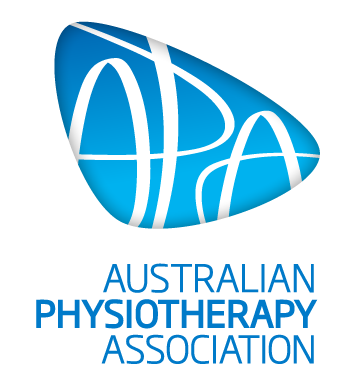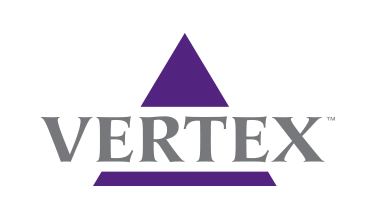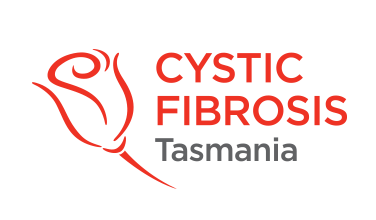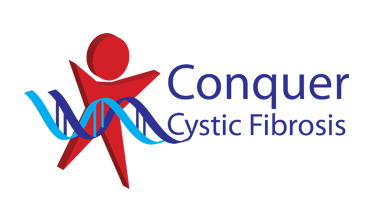MENU
Chest Percussion and Expiratory Vibrations and Positioning
Please speak to a physiotherapist or your CF medical team before commencing any new treatment. DO NOT start using a device, or technique, on this website if you have not discussed this with your CF team first.
Many years ago, one of the more common treatments for maintaining lung health in CF was percussion and vibrations. The individual with CF would lie in a position to allow gravity to assist with the movement of mucus in the lungs, and then another person would perform percussion (chest claps) and vibrations (gentle shakes to the chest wall). These techniques are still used today in babies with CF and very young children.
In older children and adults there are many other options, techniques and devices, now able to be used to maintain lung health. Positioning and manual therapy may still be helpful and this should be discussed with your physiotherapist. Sustained head down tilt positions (with your head lower than the rest of your body) should always be avoided no matter what age you are. This position if held for too long can cause reflux (gastro-oesophageal reflux: GOR) and this can cause damage to your airways. Modified postural drainage can be a useful alternative.
If you are using positioning and manual techniques, position yourself so you and the person treating you can watch your face. This helps the person treating you watch for any changes in your breathing or any discomfort you may show. If you are the person delivering the manual techniques make sure you look after your posture. Percussion (or as it is sometimes called chest clapping/tapping) should never be uncomfortable and should be done over a layer of clothing or using a towel to avoid any discomfort. The hand is held in a cupped position with relaxed wrists and shoulders. The clapping frequency produces vibrations through the chest wall. This helps to mobilise mucus in the airways.
In babies, percussion is performed using two or three fingers of one hand, or a device called a percussor. The baby is supported in modified postural drainage positions while performing percussions. In toddlers or larger babies, percussion can be performed using one hand, or two depending on the size of the chest wall.

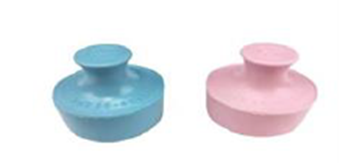
Care should be taken not to percuss over the spine, breastbone (sternum), stomach, or lower ribs where the spleen, liver and kidneys are situated. The time for percussions to be done in each position will be discussed with you by your physiotherapist.
Vibrations involve gentle small-shaking of the chest wall. The hands are placed flat on the chest wall, and during expiration, vibratory pressure is applied in the direction of the normal movement of the ribs. Vibrations made by the hands are transmitted through the chest wall and can increase the movement of the mucus. Vibration is not used in infants due to the soft compressible chest wall. Vibrations may be introduced when the child can sit independently when the ribs and chest wall are stronger.
Following a session of airway clearance using manual techniques, secretions should be cleared using the forced expirations technique (huffing) and a controlled cough.


